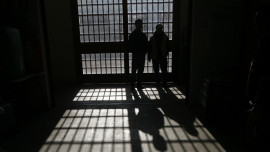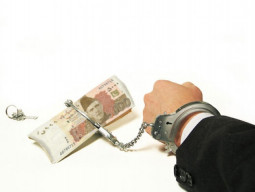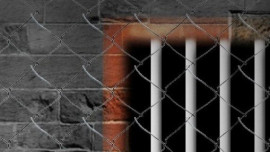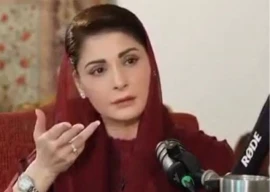The strife in recent years in Pakistan has greatly affected local artists and the works they produce, while also bringing them greater international attention, said speakers at a discussion on The Status of Pakistani Art in an International Arena, held at the Lahore Arts Council on Saturday.
The speakers discussed several art movements in Pakistan during the 20th century as well as the successes of Pakistani artists in recent years at the international level. The event was part of the two-day National Culture and Literature Conference.
Ajaz Anwar, known for his meticulous paintings of the Walled City, opened the conference. He was followed by art critics Saira Dar and Quddus Mirza. Professor Rahat Naveed Masood, principal of the Punjab University School of Art and Design, Prof Shahnawaz Zaidi of the PU graphic design department, and painter Mian Ijazul Hasan also spoke. Artist Saeed Akhtar was the chief guest.
Prof Masood spoke about why Chughtai, Sadequain and Shakir Ali are considered pioneers, and some of the reasons for the recent acclaim Pakistani artists have won. “Great works emerge in hours of darkness and calamity,” she quoted famous art critic Charles Colton as saying.
She said that the international perception of Pakistan as a violent and war-torn country had brought closer scrutiny of Pakistani artists abroad. Auction houses Sotheby’s and Christie’s were showing an interest not only in Pakistani art, but other aspects of Pakistani culture and history. Popular galleries such as Grey Noise and Cardamom, in recent years, had encouraged Pakistani artists to showcase their work at an international level.
Prof Masood said that Chughtai, Sadequain and Shakir Ali guided the direction of Pakistani art. In the late 1950s, Shakir Ali returned from Paris and introduced modern art to the local scene. Earlier, Allah Buksh and Chughtai had only taken traditional and representative art forms forward.
Sadequain, although self-taught, created pieces heavily influenced by the political upheaval after World War 2, she said. Chughtai’s work was a departure from the past, as it gave a unique, modern touch to calligraphy.
“An artist acquires universality and international fame if his creations are rooted in his own land. There is no need to bring in outside influences unless it adds richness,” Prof Masood concluded.
Saira Dar spoke about local artists’ resilience in the face of “constant turmoil as a consequence of recurring terrorist activities”. Artists are sensitive and socio-political disturbance move them and are reflected in their work, she said.
In the past three years, three Pakistani artists – Gulgee, Hamra Abbas and Risham Saeed have won the Abraaj Capital Art Award, she said. The Christie’s 2012 catalogue featured the work of 30 Pakistani artists, most of them young. Pakistani artists had also gained prominence at the Dubai Arts Festival.
“The artists are excelling despite Pakistan being at war. New galleries are opening. It goes to show that the spirit of Pakistan is very much alive. It just needs to spread beyond the major cities,” she said.
‘Remember your roots’
Artist Saeed Akhtar shared some advice Shakir Ali had given him as a student. “Be honest with your talent. They day you cheat, you will stop being appreciated. And no one will trust you again,” he said.
He said that a painter should feel the responsibility to reflect his city and society.
Ijazul Hasan said Pakistani artists should realise the technical terms of art in their own cultural context. Many artists heavily influenced by the West had been rejected by the West, he said.
He said the local market for Pakistani art was suffering because of the general economic downturn and thus artists preferred to sell their work abroad. “Most of Chughtai’s best work has been purchased by Indians. More art should be made with the purpose to educate people at home,” he said.
Quddus Mirza said Pakistani artists were apart from other artists around the world as they had acquired a different attitude towards contemporary times. “It adds more complexity to their work,” he said.
Earlier in the day, a talk on Urdu writer Saadat Hasan Manto was held at the conference.
Published in The Express Tribune, October 14th, 2012.
COMMENTS (2)
Comments are moderated and generally will be posted if they are on-topic and not abusive.
For more information, please see our Comments FAQ
1731570357-0/elon-musk-(1)1731570357-0-405x300.webp)
-(1)1717678110-0/Kendrick-(1)-(1)1717678110-0-165x106.webp)















@BruteForce: ........and there are no thieves or criminals in India ? There are times when you guys truly become tedious.